
© Johan Persson. (Click image for larger version)
Carlos Acosta – A Celebration, Royal Albert Hall, London,
2 – 5 October 2018. Full details.
Cuban dance star Carlos Acosta created Acosta Danza in 2015 in Havana; the company made its UK premiere at Sadler’s Wells last year with a programme including work by Marianela Boan, Justin Peck, Goyo Montero, Sidi Larbi Cherkaoui and Jorge Crecis. It returns to England in October for Carlos Acosta: A Celebration, marking Acosta’s 30th year as a professional dancer – reprising Larbi’s piece Mermaid and presenting a different work by Montero, Christopher Bruce’s Rooster and a reworked version of Acosta’s own one-act Carmen, created for the Royal Ballet in 2015, Acosta’s last year with that company.
He talks to Siobhan Murphy about being a boss, embracing contemporary dance, and what makes Acosta Danza different from any other company.

© Manuel Vasson. (Click image for larger version)
You’re celebrating 30 years of a professional career with these Royal Albert Hall performances – do you remember how the 15-year-old Carlos felt, 30 years ago?
Very insecure about what the future might bring, still struggling in my old neighbourhood [in Havana], but hopeful because by that time already I had picked up some national awards – there was a festival of schools in Camaguey, and I think I had a gold medal. So I was still trying to get confidence, but it all then happened with this engagement that I had in the Teatro Nuovo in Turin, in Italy, where my teacher took me; that was the very first professional step that I took. A reality like the one I’m living now, it was impossible for me to dream, it was so far away, out of my reach. But I was just very happy to do what my teacher told me to do; my teacher Ramona de Saá told me that I had talent, and, wow, that was really cool, but in many ways I was dancing for her approval and not so much for an outcome. I wasn’t aware of the talent I had in an international arena, because it’s one thing to be in a school with a gold medal and another thing to have an international career. So, it was still very early times, but I was already a more confident teenager.
And now, 30 years on, you have your own company!
I must say that the transition was very uncertain for me. I didn’t know what it meant, and during the time I was choreographing Carmen it was very stressful because of all the emotion of making the transition a reality, all the emotion of delivering the choreography and dancing the two roles, and then the performance being screened around the world, and then… what happens after?
But sometimes the thought of something is worse than the reality, and that’s what it turned out to be with me. What happened is I made a very seamless transition; I had already made the steps for creating the company, I was already putting together a repertoire and a whole team in Cuba. And soon we had a base and I bought the floors from Japan, and little by little I put all these things in place. So when I bowed out at the Royal Ballet I already had this platform that allowed me to share this wonderful talent of Cuban dancers with the world, but at the same time gave me the possibility to carry on my career, dancing and exploring different roles and working with different choreographers and satisfying my curiosity – which is immense in terms of what’s next, what can I explore, where can I go that I haven’t been? That curiosity was what led me to write a couple of books and choreograph my own shows and put together my own performances, and that’s what it’s always been about for me – the necessity to connect with an audience and express myself.
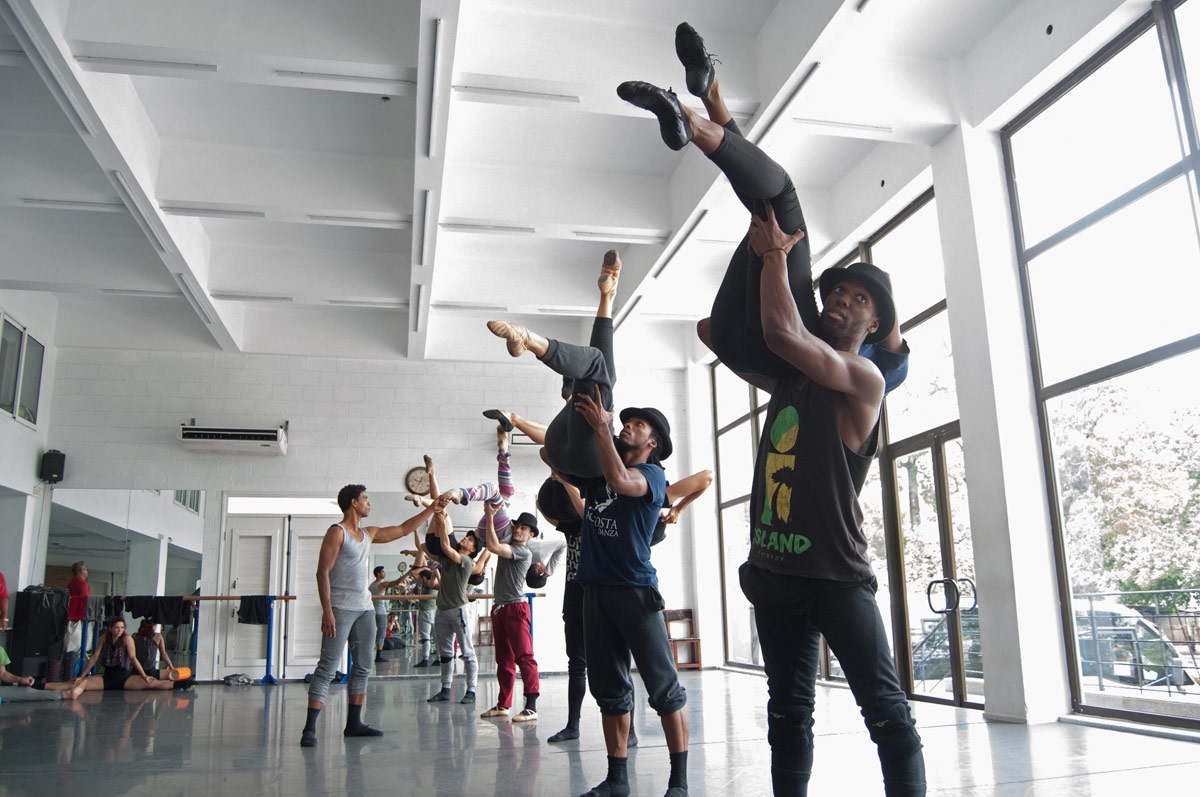
© Raul Reinoso. (Click image for larger version)
So what are you like as a boss?
I am exactly as I was as a dancer: very strict. I demand from people what I demanded all my career from myself. I’m not in the business of wasting anybody’s time, I’m not going to waste the time of the team, and I’m not going to waste my time, definitely. I’m very generous, obviously, but if people don’t want to be part of a vision or they don’t want to work hard – and that’s the most important thing, hard work will always prevail, that’s what takes you where you want to be – if they don’t, there’s the door. So I never rest. The early years of my career, I didn’t know what was a Saturday, what was a Sunday. I worked constantly and tirelessly and that’s what I demand of people, because we dancers are not normal, we don’t have the luxury that most people have to just have a life of leisure – we are living a life that is completely different. You put your health to the test all the time for the pleasure of others. And the reward is so good and so pure and so noble that it’s wonderful, but only for those who are willing to pay the price to make a difference in the world and to improve people’s lives – because ultimately that’s what we do as well, we transport people to different worlds that they’ve never been to. But I am very strict because I am a man on a mission – I always have been.
There are four pieces in the programme and you’re dancing in three – how on earth will you manage this?!
You know, to be honest, I don’t know! The good thing about this stage that I have is that I can prepare myself for an event and then that’s it, I can rest afterwards. Unlike when I was with the Royal Ballet, which is a proper regime of all-year-round training: you go every day to class, then you dance this role, then rehearsals at a certain time in the afternoon, then another role, all year round, plus all these galas, and that sometimes means that if you are injured you drag that injury for a long time. In this one, if I’m clever enough, I don’t have to prove so much; although I have to do something for my age and for the stage that I’m at, it’s still a high level. But I come prepared like a soldier for this time and do it, and then I can rest for as long as I can. I was very concerned because obviously I haven’t jumped in a while and my muscle tone… I’ve found that it’s gone [laughs]. Not gone completely, but I have to regain all that again. If you have an idea who could sell me some muscles… [laughs]. But it goes with the challenges… that’s what keeps me motivated.
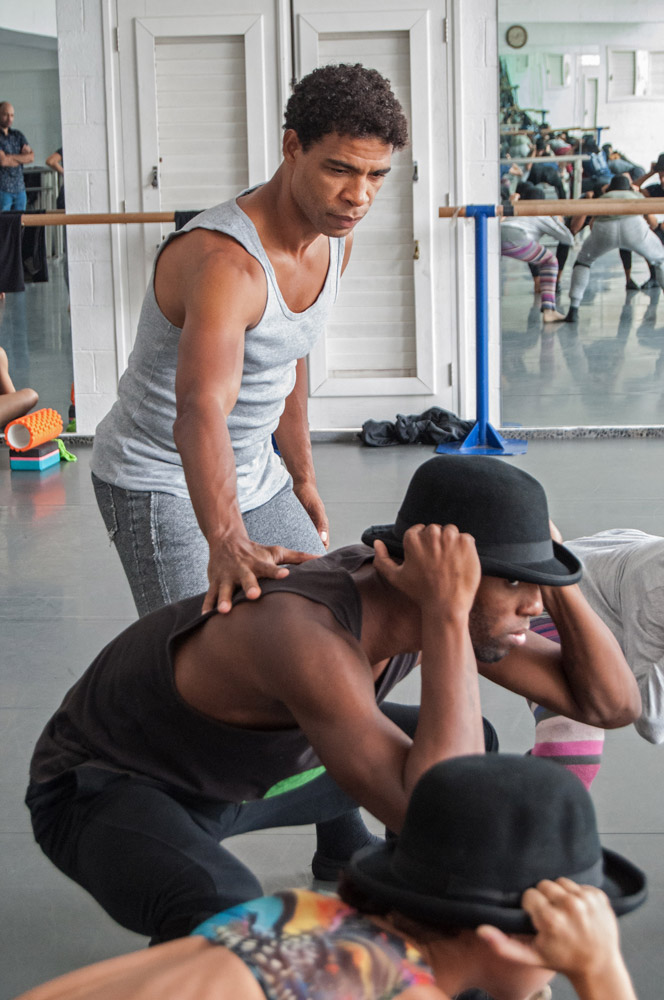
© Raul Reinoso. (Click image for larger version)
You’re performing another piece by the Spanish choreographer Goyo Montero, Alrededor no hay nada – what’s the appeal of his work?
I love Goyo’s work – he’s an amazing talent that the world doesn’t know. He’s been directing the Staatstheater Nürnberg Ballet for many years, but unless you went to Nuremberg you wouldn’t know of him. I knew Goyo when he was a dancer, studying in the National Ballet School in Cuba. He’s not the obvious; he tries to tap into his heritage, his Spanish/Latin background, which suits us because that’s exactly what I want – we’re trying to go to talents that are not so obvious and share them with the world.
Right now he’s our in-house choreographer, he’s going to be creating and helping me to come up with different propositions that have to do with our own heritage and culture. So with Alrededor, it was a piece he did for the National Ballet of Cuba a while back, maybe eight years ago, and they did it once and never performed it again. And I said, ‘Wow, they must be mad not to perform it again, I’m going to capitalise on this.’ This was the very first choreography that we had from Goyo. It’s very compact, only about ten minutes long, and it’s about poetry.
And the last piece of the evening is Rooster, which everyone knows, and I’m going to be playing the rooster. That has to do with me evolving into something else and reinventing myself, and still having fun performing.
How have you found this transition away from purely classical dance? How does it feel in your body?
I’ve been doing it for a little while because I was already preparing myself for these days. It’s alright, it’s a different way of working, but it suits me a lot; you don’t have to have these long hours of ballet barre class, and wearing tights most of the time! It’s a different way of training and different aesthetics. I have great models in my company who can help me as well; sometimes I don’t dominate the technique in particular steps and they come from a contemporary background and have really mastered that technique, so I train myself in this direction. But I still retain this enthusiasm for performing; I don’t think it’s ever going to go away and I don’t see myself retiring any time soon. Why would I? It keeps you fit and it keeps you exploring. As long as there are people out there who want to come and be part of whatever proposition we’re putting on stage, I’m going to carry on doing it. I’m not going to be doing the classics, obviously, but there are things like [Sidi Larbi Cherkaoui’s] Mermaid, for instance, it’s not particularly hard for somebody like myself because it’s not about jumping, it’s mostly about partnering and presenting the woman, and I’m there in the background like a shadow, to complement her.

© Manuel Vasson. (Click image for larger version)
Who’s on your choreographer wish list for the company?
We have tried to put a programme together already for a 2019 UK tour, with perhaps a piece by Juanjo Arques [the Spanish young creative associate at the Dutch National Ballet], Marianela Boan is doing a new piece – I think she has a lot to say, and obviously we need more women choreographers – and Goyo’s going to be doing something new. Acosta Danza’s mission is also to develop the in-house talent, so a young dancer from our company called Raúl Reinoso, who also choreographs, is about to premiere his new long work in Havana.
And if you could have anyone in the world of choreography create a piece on your company, who would be your dream choice?
Well, Jiri Kylian, for instance, but he is out of business at the moment; Ohad Naharin, I don’t know if he’s choreographing. And I still hope in the future maybe we could do something with Wayne McGregor, Christopher Wheeldon, Crystal Pite. What I really like is for the choreographer to help me to be different. I want to bring something different to the table, a complement to what is already there, that’s my fight. It could take a long time, but little by little… Obviously there’s also a risk in what I’m trying to do; you could just choose to ride on the back of the usual names and then that’s that. But I’m trying not to; I’m trying to stretch those people, if they’re interested at all, to tap into my culture, which is very rich, to bring their own perspective with the tools that my culture can offer them and to stretch their imagination so that they can surprise themselves. That also could be very interesting for the choreographer, to deliver something that they could never dream of, because my company, coming from this background and heritage and culture, will give this possibility to them. It might be that there are some choreographers that really don’t want to be there, don’t want the hassle – but there are others who are helping me to have a different proposition on stage other than the obvious.
Will you do some more of your own choreography?
I would love to. I have an idea to create a Romeo and Juliet based in Havana.
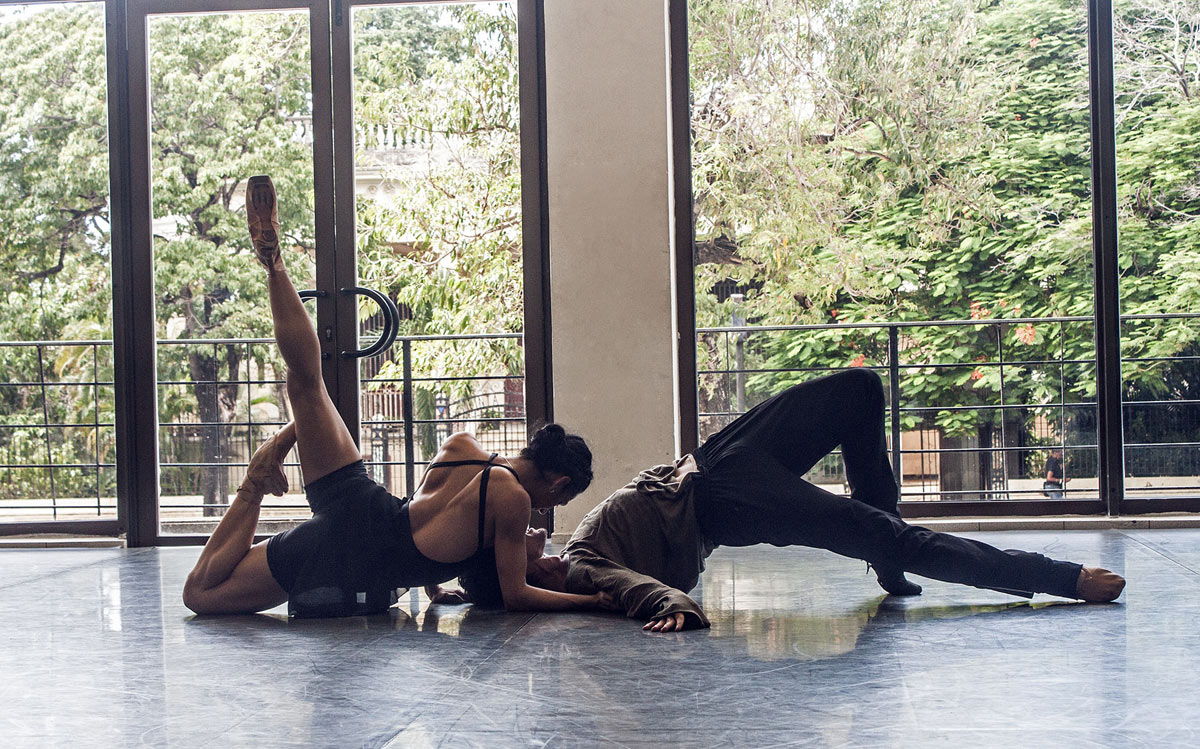
© Lester Vila Pereira. (Click image for larger version)
How have you reworked your Carmen for the company?
It’s more compact. I’ve done away with some characters, Merced and Frasquita; I’m going to use added music by Martin Yates; I give the leads a pas de deux that they didn’t have before, a proper classical pas de deux, and the tavern scene is different, and of course the dancers are different. Hopefully this time around it will go down better than last time [laughs ruefully].
And have you got Aila [his six-year-old daughter] dancing yet?
She’s a performer for sure; yes, she’s dancing. She’s just finished taking a course at The Place in contemporary dance and she also does ballet. She likes anything that’s performing – she’s going to do something like that, for sure – or athletics. She runs, she’s almost like a tomboy!









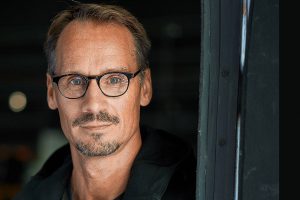
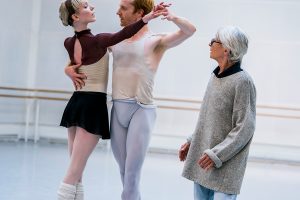

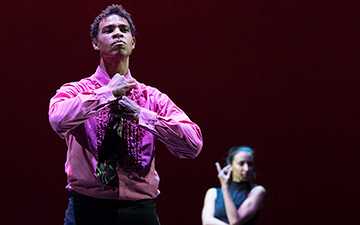
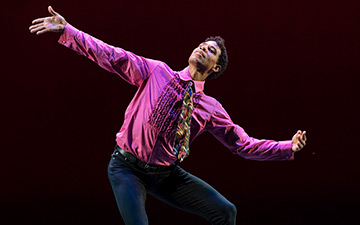



You must be logged in to post a comment.